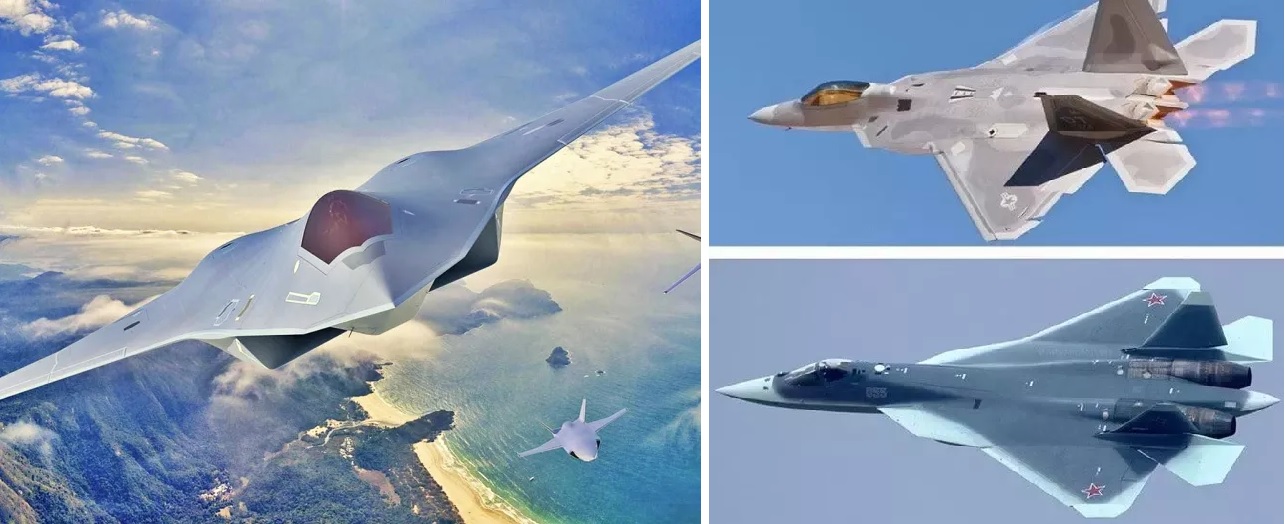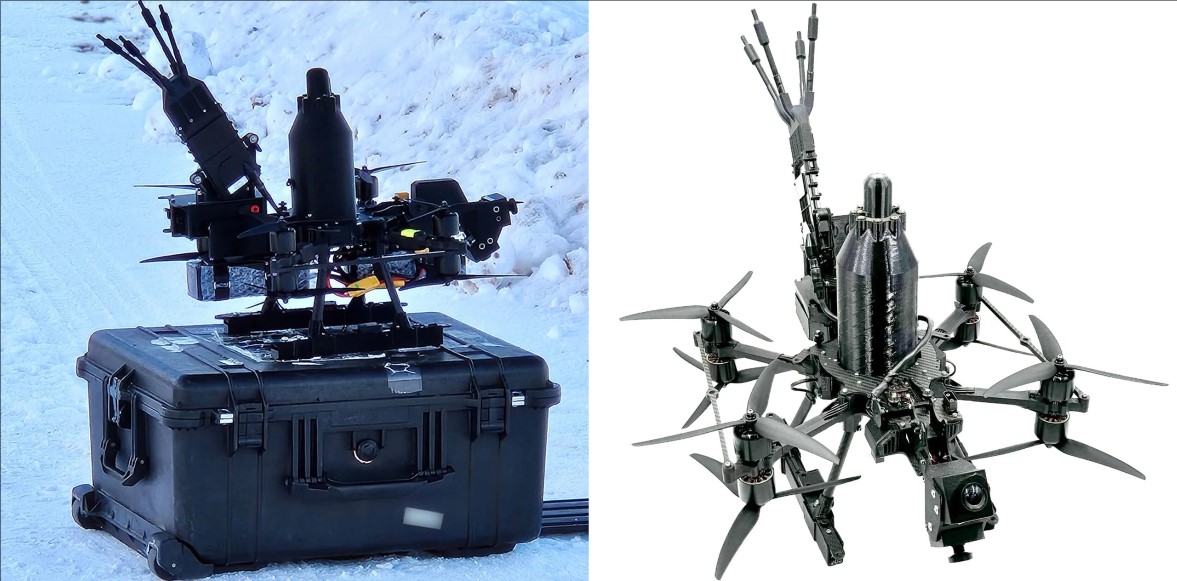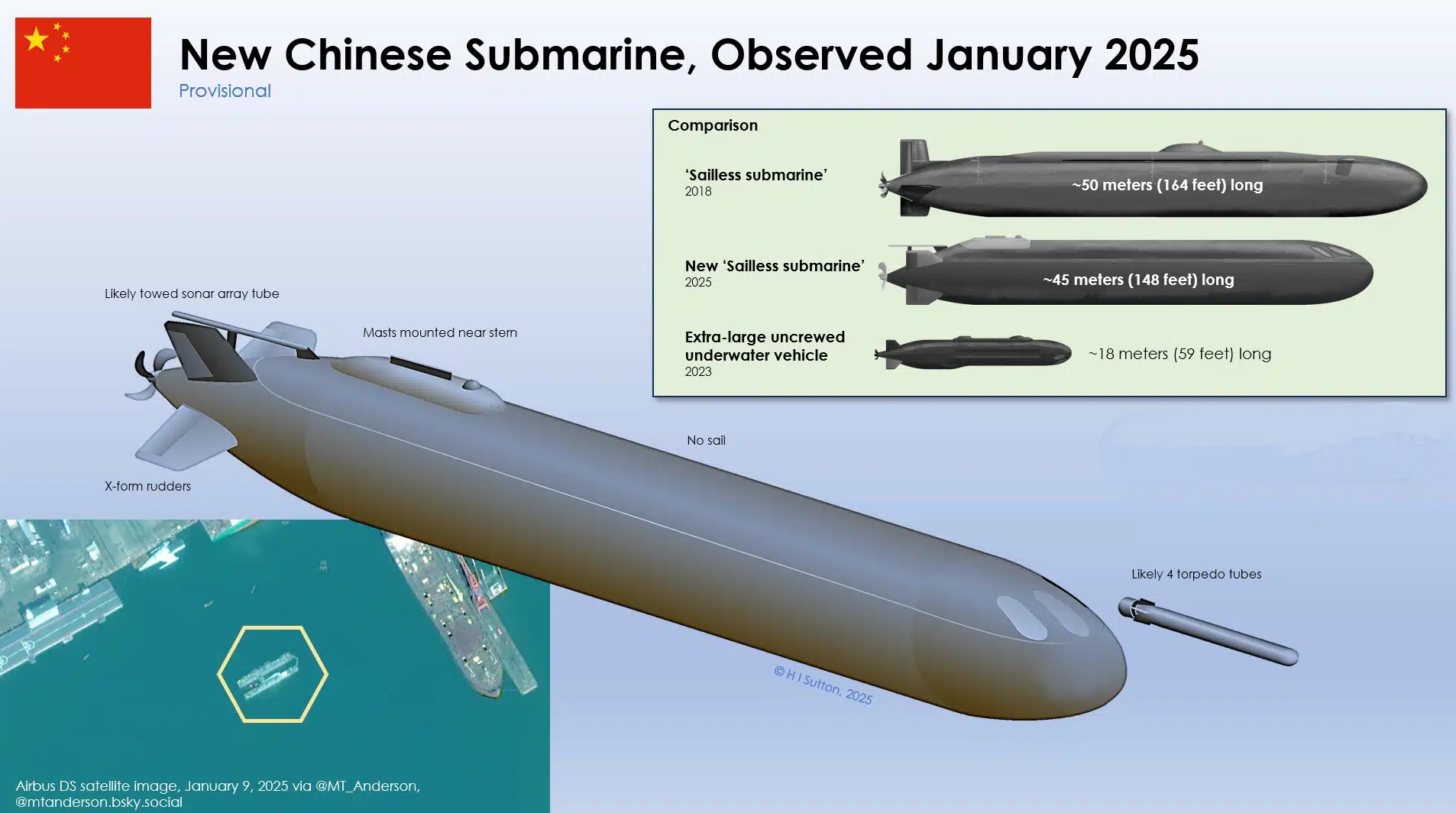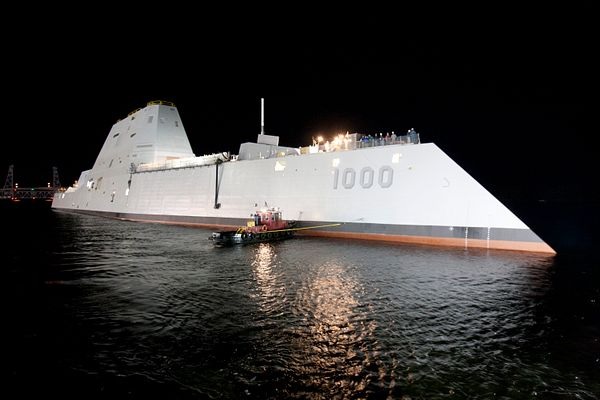Key Differences Between 5th vs. 6th Generation Fighter Jets

In the relentless march of military aviation, the transition from 5th-generation to 6th-generation fighter jets represents a paradigm shift in how air dominance is conceptualized and achieved. As global powers compete to field these cutting-edge platforms, understanding the core differences between 5th and 6th-generation fighter jets offers insights into the future of air combat.
Key Differences Between 5th and 6th Generation Fighter Jets
1. Core Capabilities
-
5th Generation:
- Dominated by stealth technology, advanced avionics, supercruise capability, and sensor fusion.
- Aircraft like the F-22 Raptor, F-35 Lightning II, Su-57 Felon, and J-20 Mighty Dragon exemplify this class.
- Focus on reduced radar cross-section (RCS), network-centric warfare, and advanced situational awareness.
-
6th Generation:
- Builds on 5th-gen capabilities while integrating cutting-edge technologies like AI-driven decision-making, optional unmanned operation, directed energy weapons, swarming drones, and advanced electronic warfare (EW) systems.
- Aims to dominate contested environments where traditional stealth may be compromised by advanced detection methods such as quantum radar or multi-spectral tracking.
2. Stealth Redefined
- 5th Gen: Relies heavily on passive stealth—shaping and materials that reduce RCS.
- 6th Gen: Moves towards active stealth with technologies like adaptive camouflage, signature modulation, and electronic cloaking to deceive multi-spectrum sensors.
3. Combat Autonomy
- 5th Gen: Pilots are central to decision-making, albeit supported by advanced avionics.
- 6th Gen: AI enables semi-autonomous or fully autonomous missions, drastically reducing the decision-making burden on human operators. This includes AI-driven threat analysis, targeting, and electronic countermeasures.
4. Manned-Unmanned Teaming (MUM-T)
- 5th Gen: Limited or experimental integration of drones for auxiliary roles.
- 6th Gen: Full-fledged collaboration between manned aircraft and loyal wingmen drones, enabling coordinated attacks and expanded mission capabilities.
5. Weapons Systems
- 5th Gen: Primarily uses advanced kinetic weapons such as beyond-visual-range (BVR) missiles and precision-guided munitions.
- 6th Gen: Introduces directed energy weapons (DEWs) like high-energy lasers and microwaves, as well as hypersonic missiles and advanced anti-access/area denial (A2/AD) countermeasures.
6th Generation Fighter Jets in the World
Several nations have entered the race to develop 6th-generation fighter jets, aiming to redefine air power in the 21st century.
United States:
- NGAD (Next Generation Air Dominance):
The USAF’s NGAD program is envisioned as a multi-role platform with an emphasis on modular design, integrating DEWs, and leveraging advanced stealth and AI capabilities. Expected to replace the F-22, the NGAD will likely lead the 6th-gen pack. - Navy’s F/A-XX: Focused on naval superiority, this complements the NGAD with carrier-based deployment.
Europe:
- FCAS (Future Combat Air System):
A Franco-German-Spanish initiative, the FCAS combines manned fighters with autonomous drones for unparalleled air dominance. - Tempest: Led by the UK in collaboration with Italy and Sweden, Tempest emphasizes MUM-T, modular design, and advanced EW capabilities.
China:
China has hinted at 6th-generation development with projects beyond the J-20. Though shrouded in secrecy, its progress underscores its ambition to rival Western aerospace advancements.
Russia:
Russia’s MiG-41 (PAK DP) is touted as a 6th-generation platform with hypersonic speed and advanced space-capable intercept capabilities.
Challenges and the Future
The leap to 6th-generation aircraft is not just about advancing individual technologies but integrating them into a cohesive, multi-domain platform. Challenges include:
- Development of robust AI systems for combat autonomy.
- Creating resilient stealth against next-gen detection systems.
- Balancing cost with production scalability.
As nations race to dominate the skies, the emergence of true 6th-generation platforms will redefine not only air superiority but also global power dynamics. Ultimately, the era of 6th-generation aircraft signals the dawn of a new battlefield—one dominated by machines that think, adapt, and fight with unprecedented sophistication.



